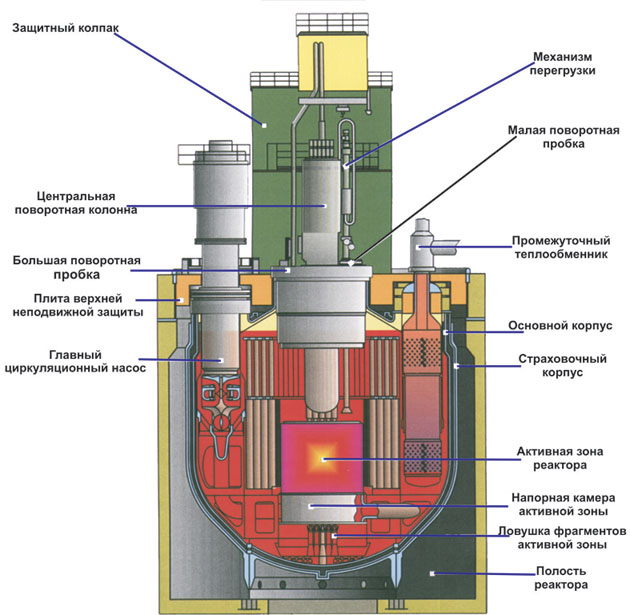Fritz Lang’s Metropolis is a 1927 German science fiction film displaying the heavy influence of the impressionist movement. The film portrays a dystopian future society (the eponymous “Metropolis”) in which the laborers that maintain the mechanical operations of the city are relegated to an underground living space while the upper classes enjoy a comparative utopia above. The city’s leader, Joh Fredersen, attempts to augment his power by using the newly invented Machine-Man, who is made to look like the prophetic character Maria, to incite a rebellion in the working class which will simultaneously cripple their underworld home and justify any further punitive measures that he wishes to take against the laborers. Upon realizing that his son Freder has posited himself amongst the working class and is thus endangered by the rebellion, Joh realizes the error of his ways and begins a policy of symbiotic cooperation with the labor force, due largely to Freder’s impassioned diplomatic efforts between the two.
Thematically, the film is centered around the opening epigram “The mediator between head and hands must be the heart!” This epithet is invoked both explicitly and implicitly at numerous points throughout the film. One of the more subtle examples of this exultation of emotional literacy occurs approximately halfway through the film when Freder confronts the incarnation of the grim reaper that stands among the seven deadly sins. Freder admits to the reaper that his death would have meant little to him up to this point in his life. However, after having discovered his love for Maria, he defiantly warns that death must “stay away from me and my beloved.” In this manner, Thea van Harbou makes a strong case for the value of the heart; it is so essential that human life without it is not only impossible, but meaningless.
Do you feel that the role of the “mediator” described in the film is as important as Lang and Harbou portray it to be? In modern society, what offices/positions fill that role?

